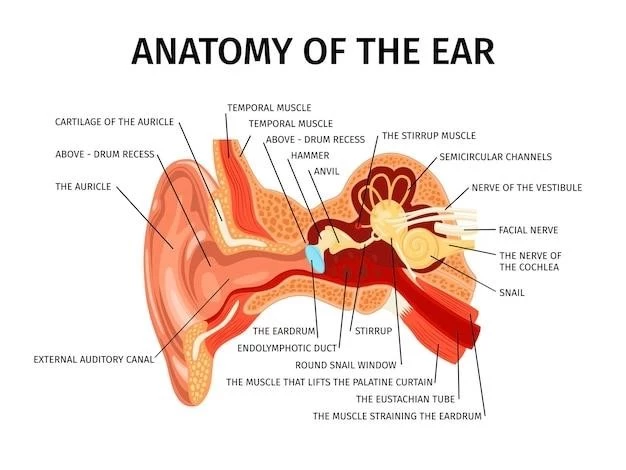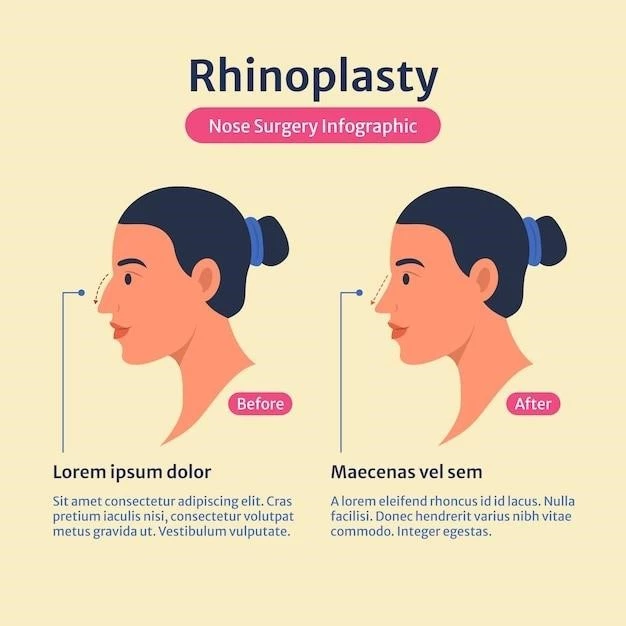The alar nasal cartilages are essential structures in the nasal anatomy, providing support
and shaping the nostrils.
Definition and Function
The alar nasal cartilages, also known as the lower lateral cartilages, are structures that contribute to the shape and support of the lower part of the nose. They play a crucial role in maintaining the structural integrity of the nostrils and are important for overall nasal function.
Understanding Coloboma of Telecanthus
Coloboma of telecanthus is a rare congenital condition characterized by a cleft or gap in
the tissue of the inner corner of the eyes. It can impact the nasal structure and overall facial morphology.
Explanation of Coloboma
Coloboma refers to a gap or missing tissue in the structures that form the eye, including the eyelid, iris, or retina. In the context of telecanthus, this defect can extend to involve the nasal tissues and impact the overall facial appearance. It is typically present at birth and requires comprehensive evaluation and management.

Causes of Alar Nasal Cartilages Coloboma
The causes of alar nasal cartilages coloboma can be attributed to genetic factors
and developmental abnormalities during fetal growth.
Genetic Factors
Genetic factors play a significant role in the development of alar nasal cartilages coloboma, with certain gene mutations predisposing individuals to this condition. Inheritance patterns and genetic counseling are crucial aspects to consider in understanding the complex genetic basis of this disorder.
Developmental Abnormalities
Developmental abnormalities during fetal growth can also lead to alar nasal cartilages coloboma. Disruptions in the normal formation of nasal structures can result in this congenital defect, highlighting the importance of proper embryonic development for the intricate nasal anatomy.
Symptoms and Diagnosis of Telecanthus
Telecanthus can present with widened distance between the inner corners of the eyes
and may involve nasal abnormalities. Diagnosis involves clinical assessment and imaging studies.
Clinical Presentation
The clinical presentation of telecanthus can vary, with features including increased
distance between the eyes and potential nasal deformities. A thorough physical examination is essential for accurate diagnosis and management planning.
Diagnostic Procedures
Diagnostic evaluation of telecanthus may involve imaging studies such as X-rays, CT scans,
or MRI to assess the structural abnormalities of the eyes and nasal region. Additionally, genetic testing and ophthalmologic examinations can aid in confirming the diagnosis and determining appropriate treatment strategies.
Treatment Options for Alar Nasal Cartilages Coloboma
Treatment options for alar nasal cartilages coloboma include surgical interventions
and non-surgical approaches tailored to each individual case.
Surgical Interventions
Surgical interventions for alar nasal cartilages coloboma aim to reconstruct the nasal
defects and improve facial harmony. Procedures may involve cartilage grafting, rhinoplasty, and eyelid surgery to address both functional and aesthetic concerns, performed by a skilled plastic or reconstructive surgeon.
Non-Surgical Approaches
Non-surgical approaches for alar nasal cartilages coloboma may include the use of
prosthetic devices, such as nasal stents, to support nasal structures and improve breathing. Additionally, cosmetic camouflage techniques can help enhance facial symmetry and aesthetics without the need for invasive procedures, offering alternative options for individuals seeking non-invasive solutions.
Complications Associated with Telecanthus
Telecanthus can lead to functional impairments and psychological effects due to facial
anomalies, requiring comprehensive management;
Functional Impairments
Functional impairments associated with telecanthus may include visual disturbances and
obstruction of the nasal airway, impacting breathing and overall quality of life. Prompt intervention by an interdisciplinary team of specialists is crucial to address these functional challenges and improve patient outcomes.
Psychological Effects
Telecanthus can have profound psychological effects on individuals, leading to
body image concerns, social challenges, and emotional distress. Psychological support and counseling are essential components of holistic care to address the emotional impact of facial abnormalities and promote mental well-being.
Prevention Strategies for Nasal Cartilage Disorders
Implementing lifestyle modifications and seeking genetic counseling are key prevention
strategies for nasal cartilage disorders.
Lifestyle Modifications
Adopting a healthy lifestyle, including a balanced diet and avoiding environmental
exposures that may impact nasal development, can contribute to the prevention of nasal cartilage disorders. Maintaining overall well-being and optimizing general health practices are essential for nasal health.
Genetic Counseling
Genetic counseling plays a vital role in understanding the risk of nasal cartilage
disorders, providing valuable insights into potential hereditary factors and facilitating informed decision-making. By assessing familial medical history and conducting genetic testing, individuals can receive personalized guidance on disease prevention and management strategies.
Current Research on Alar Nasal Cartilages Coloboma
Exploring emerging treatments and conducting genetic studies are key focuses in the
current research on alar nasal cartilages coloboma.
Emerging Treatments
Ongoing research is focusing on innovative approaches such as tissue engineering
and regenerative medicine to develop new treatment modalities for alar nasal cartilages coloboma. These emerging treatments aim to enhance reconstructive outcomes and improve overall patient care through cutting-edge medical advancements.
Genetic Studies
Genetic studies are essential in unraveling the underlying genetic factors contributing
to alar nasal cartilages coloboma. Through advanced genetic analyses and genomic research, scientists aim to identify specific genes responsible for this condition, paving the way for targeted therapies and personalized medicine in the management of nasal cartilage disorders.
